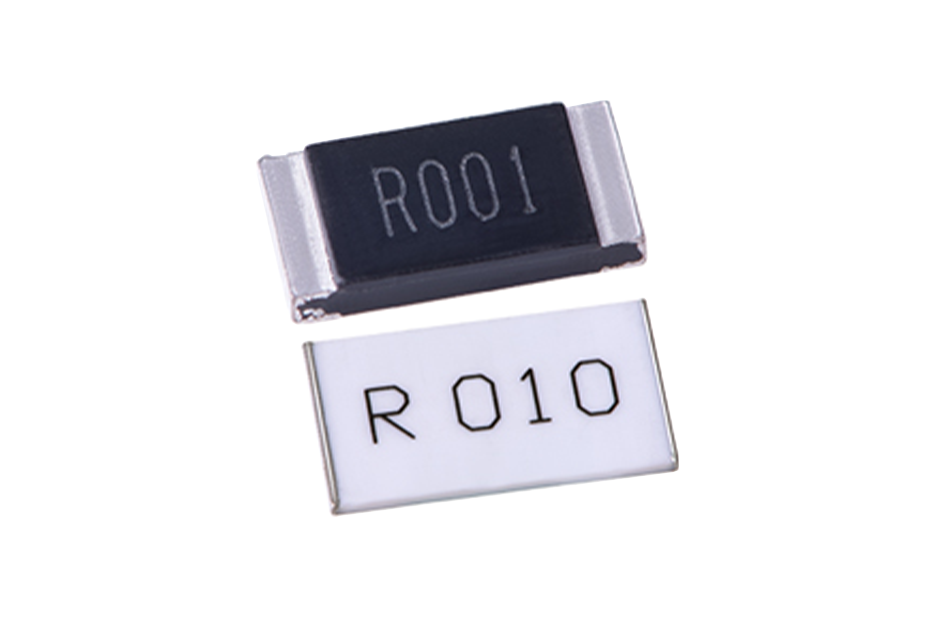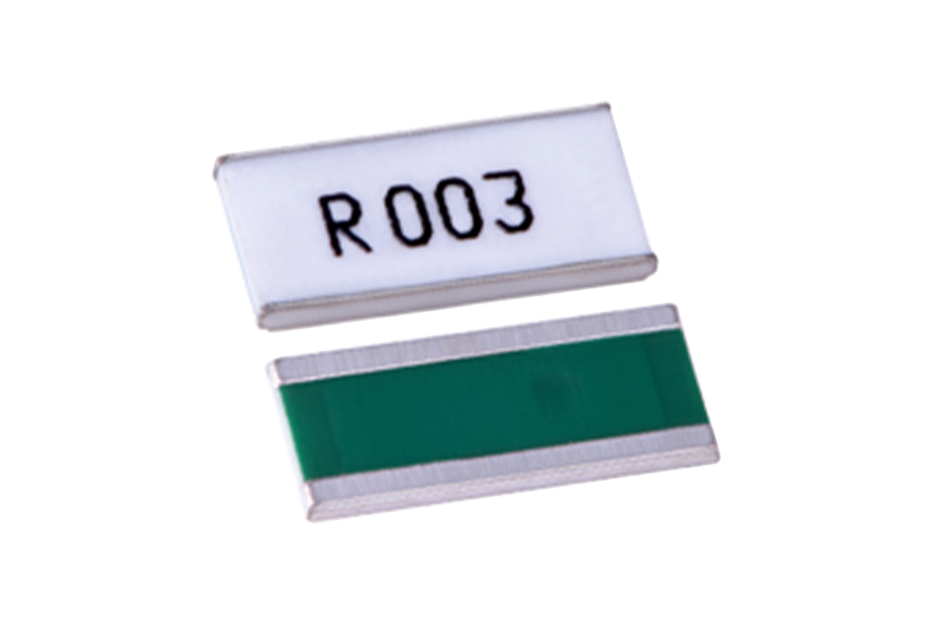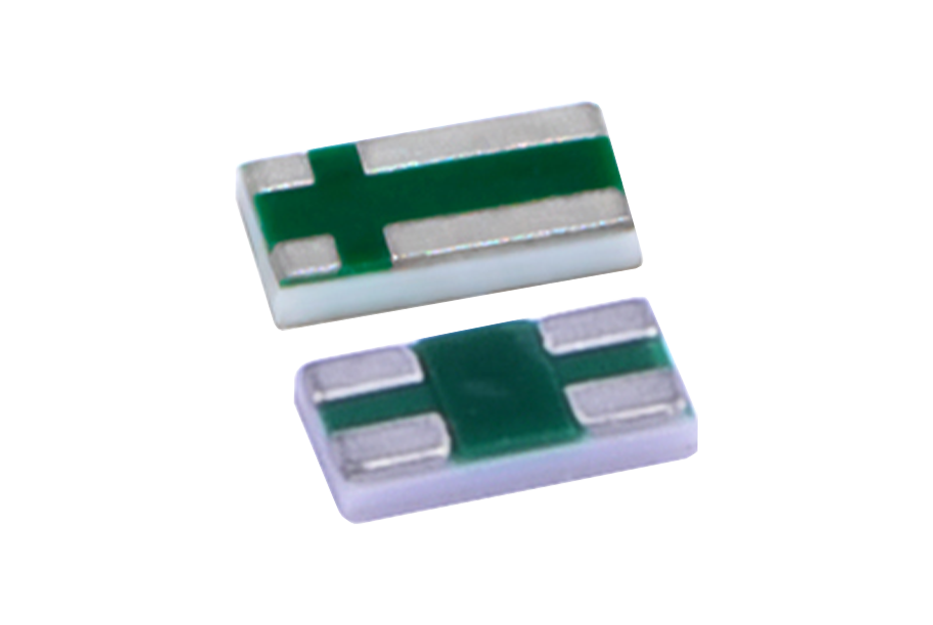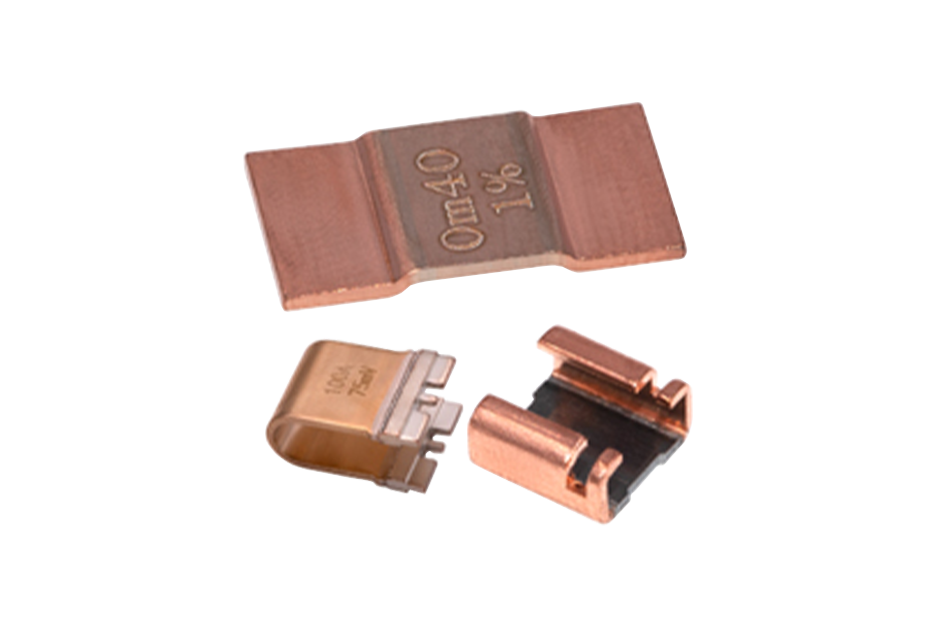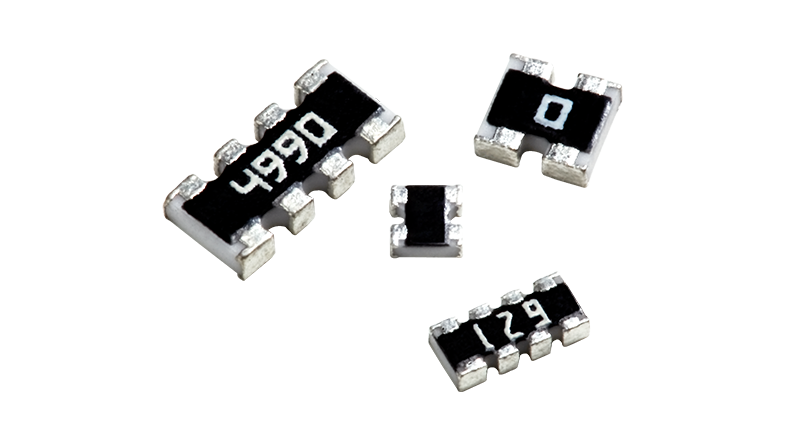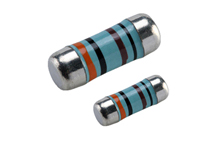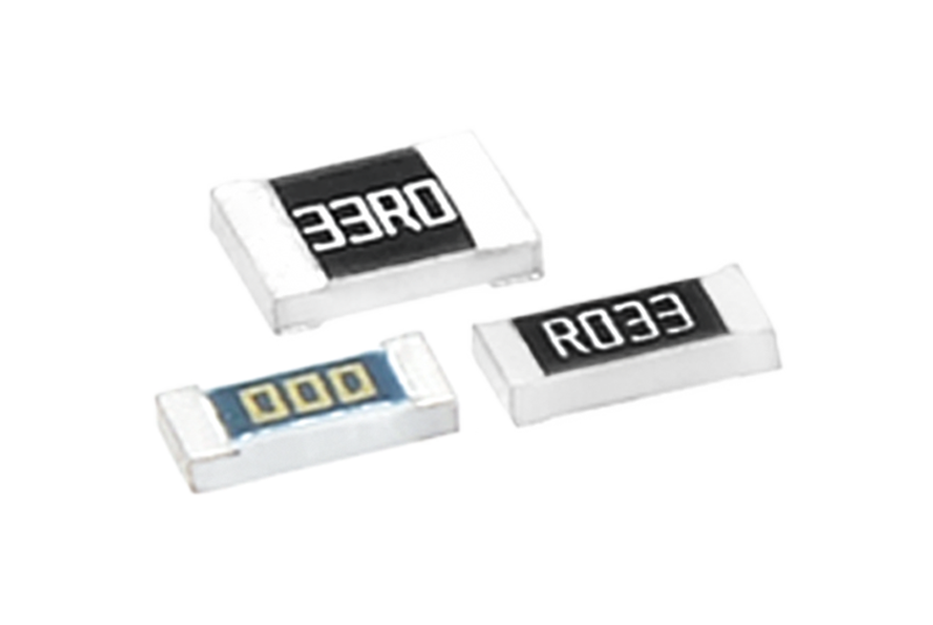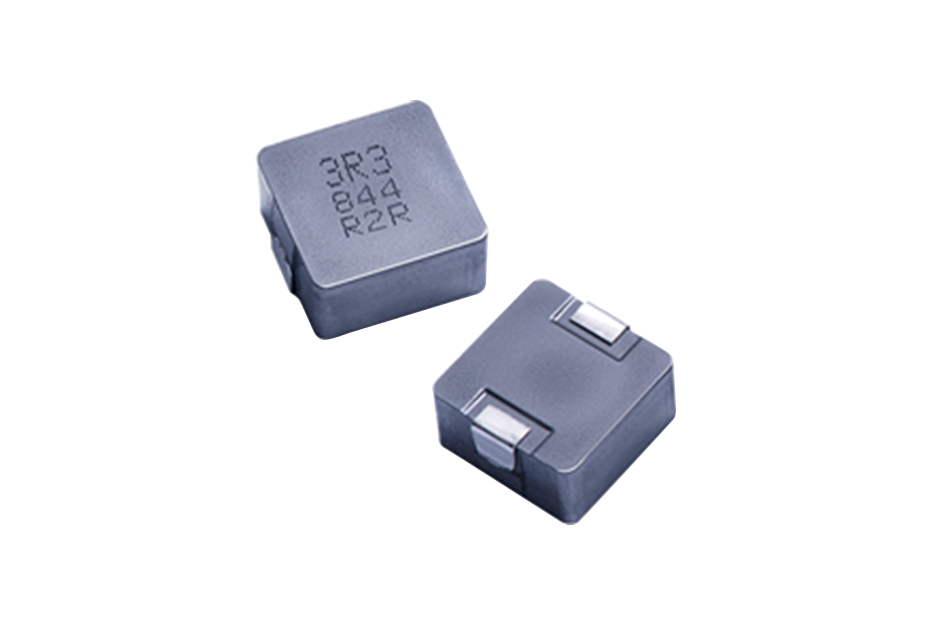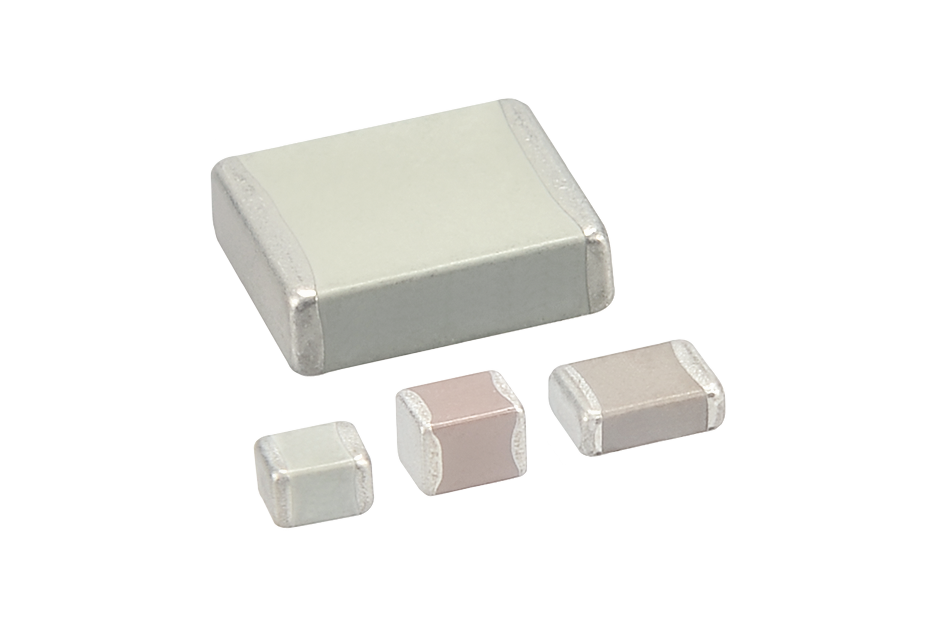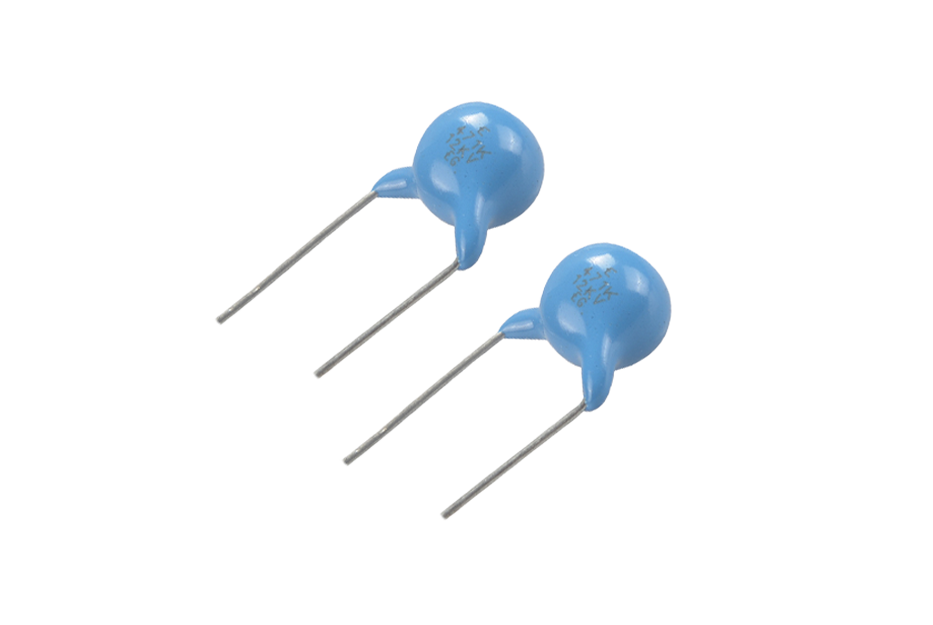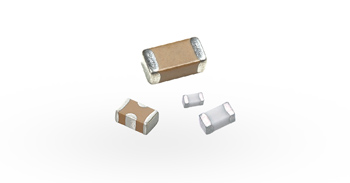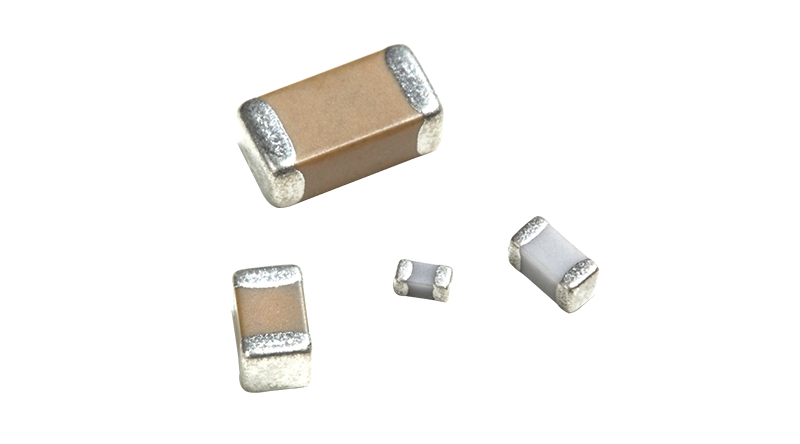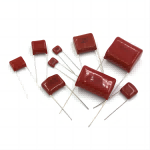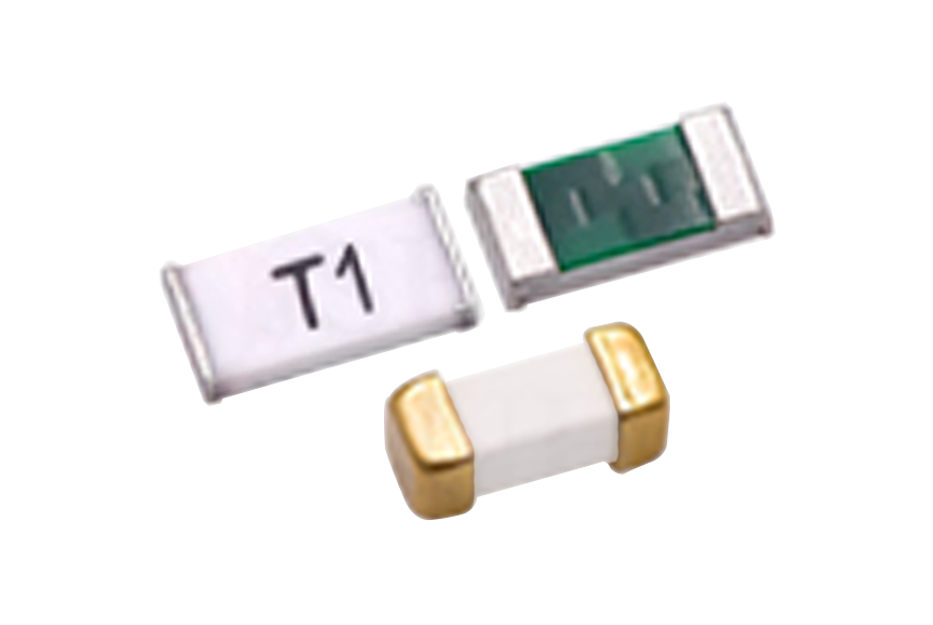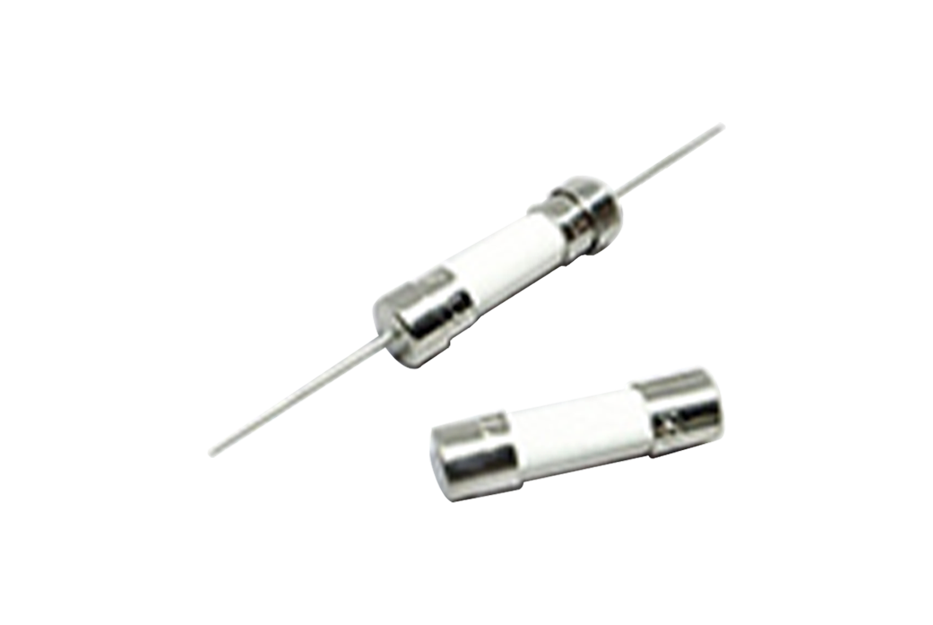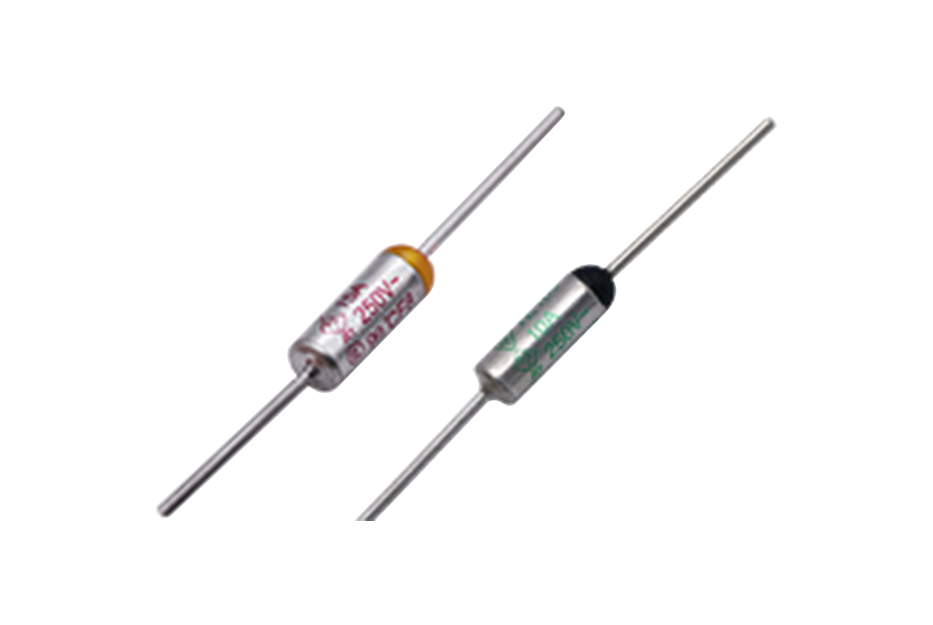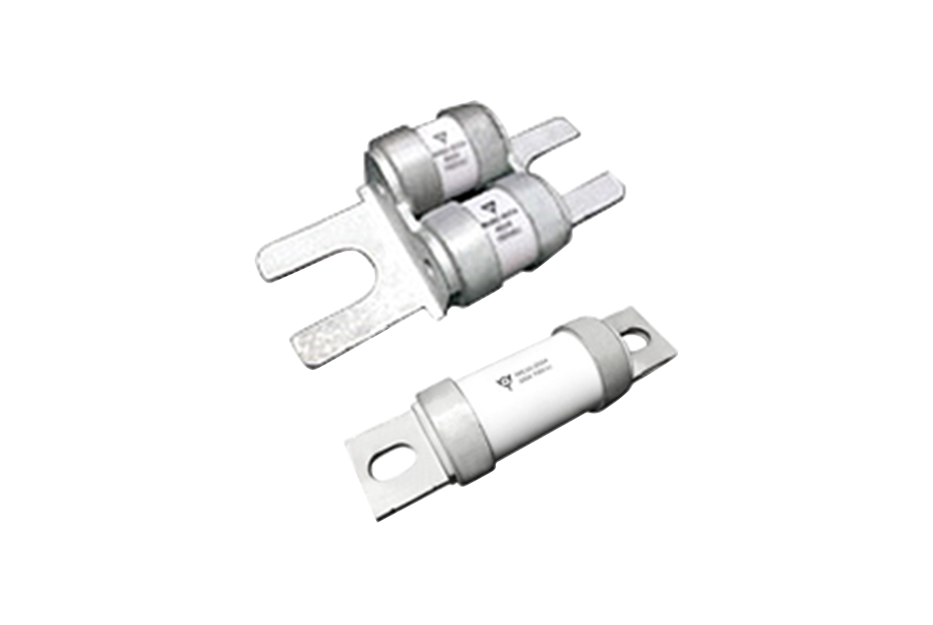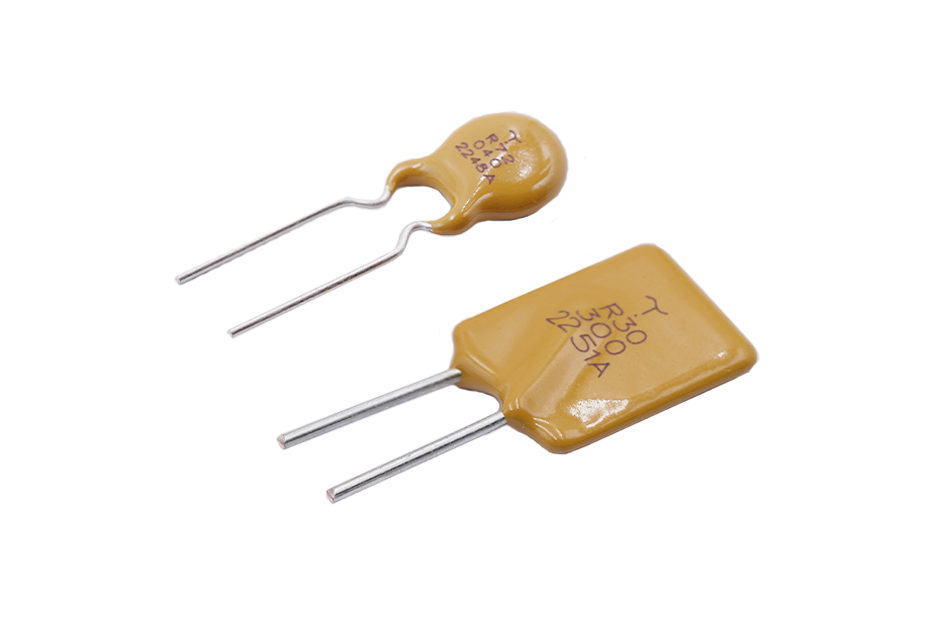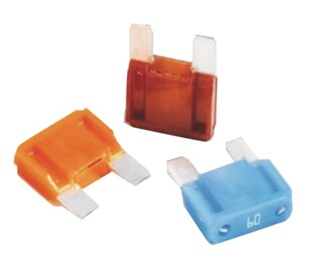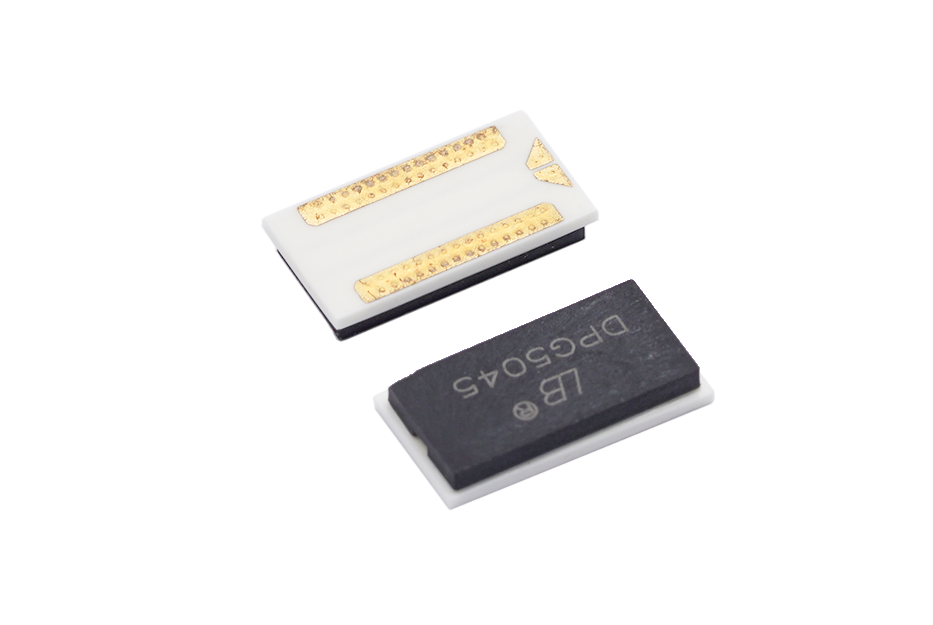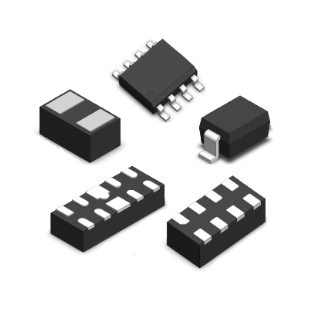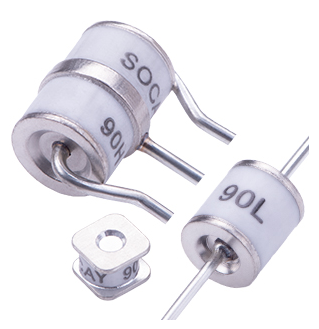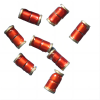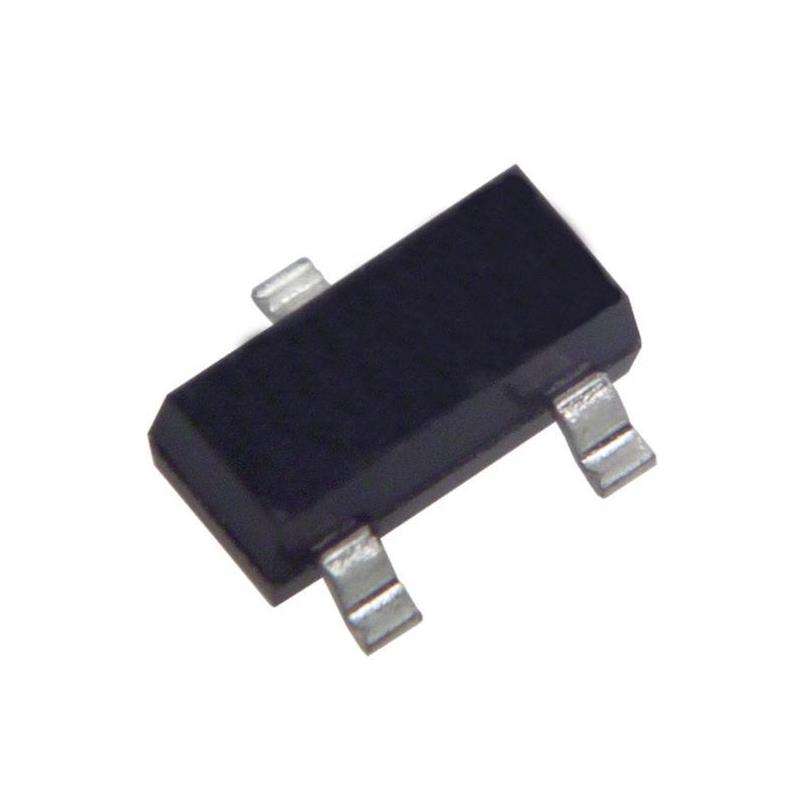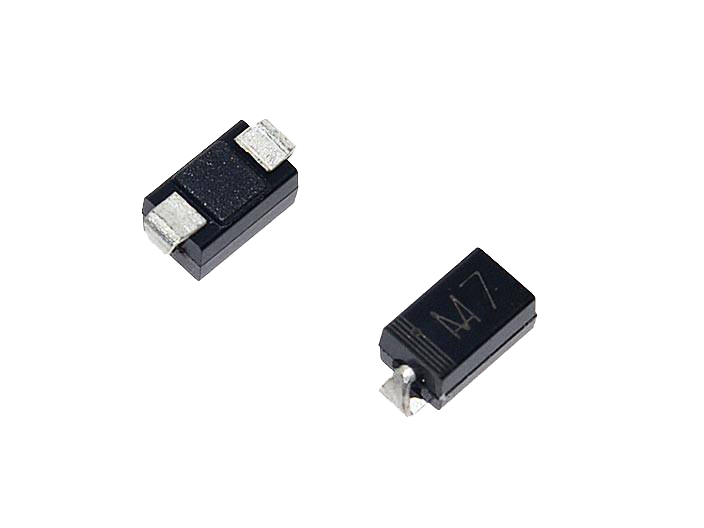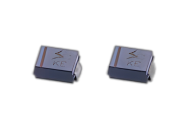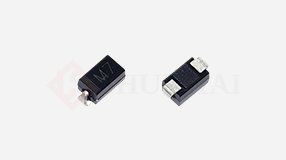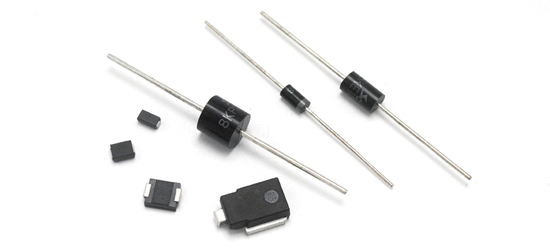Sampling resistor selection list and data download: click on the image to enter
Sampling resistor is one of the commonly used components in circuits and plays a very important role in electronic devices. The resistance value of the sampling resistor has a direct impact on the performance and functionality of the circuit. When the resistance value of the sampling resistor decreases, it will have the following effects.
Firstly, reducing the sampling resistance value will increase the sensitivity of the circuit. The function of the sampling resistor is to convert the voltage signal in the circuit into a current signal for measurement and analysis. The smaller the resistance value of the sampling resistor, the greater the current in the circuit, making it easier to detect small changes in the circuit. This is very important for applications that require high-precision measurement and control, such as instruments and automation systems.
Secondly, reducing the sampling resistance value will improve the frequency response of the circuit. The frequency response characteristics of the circuit are composed of sampling resistors, capacitors, inductors, and other components. When the resistance value of the sampling resistor decreases, the cut-off frequency of the circuit also increases, allowing the circuit to process higher frequency signals. This is very important for some applications of high-frequency signal processing, such as wireless communication, radar systems, etc.
In addition, reducing the sampling resistance value will reduce the noise level of the circuit. In circuits, there are various noise sources, such as thermal noise, quantum noise, etc. The sampling resistor itself also introduces a certain amount of noise. When the resistance value of the sampling resistor is large, the total noise level of the circuit will be higher due to the superposition of its own thermal noise and the noise sources in the circuit. When the resistance value of the sampling resistor decreases, due to its relatively small thermal noise, it can effectively reduce the total noise level of the circuit. This is very important for applications with high noise requirements, such as audio amplifiers, low noise amplifiers, etc.
In addition, reducing the sampling resistance value can also improve the dynamic range of the circuit. Dynamic range refers to the ratio of the maximum and minimum signal amplitudes that a circuit can handle. When the resistance value of the sampling resistor is large, the circuit has a good response to small signals, but a poor response to large signals, which is prone to distortion. When the resistance value of the sampling resistor decreases, the circuit's response ability to large signals increases, and the dynamic range also increases accordingly. This is very important for applications that require processing large amplitude signals, such as audio amplifiers, power amplifiers, etc.
Finally, reducing the sampling resistance value can also improve the response speed of the circuit. The response time constant of the circuit is composed of sampling resistors, capacitors, and other components. When the resistance value of the sampling resistor decreases, the response time constant of the circuit will also decrease accordingly, allowing the circuit to respond more quickly to changes in the input signal. This is very important for applications that require fast response, such as switch circuits in analog circuits, adaptive control systems, etc.
In summary, reducing the sampling resistance value will increase the sensitivity of the circuit, improve frequency response, reduce noise level, and improve dynamic range and response speed. These impacts enable the circuit to better adapt to different application requirements and improve system performance and functionality. Therefore, when designing and selecting sampling resistors in a circuit, it is necessary to determine the appropriate resistance range based on practical application and functional requirements to ensure the optimal performance and functionality of the circuit.

